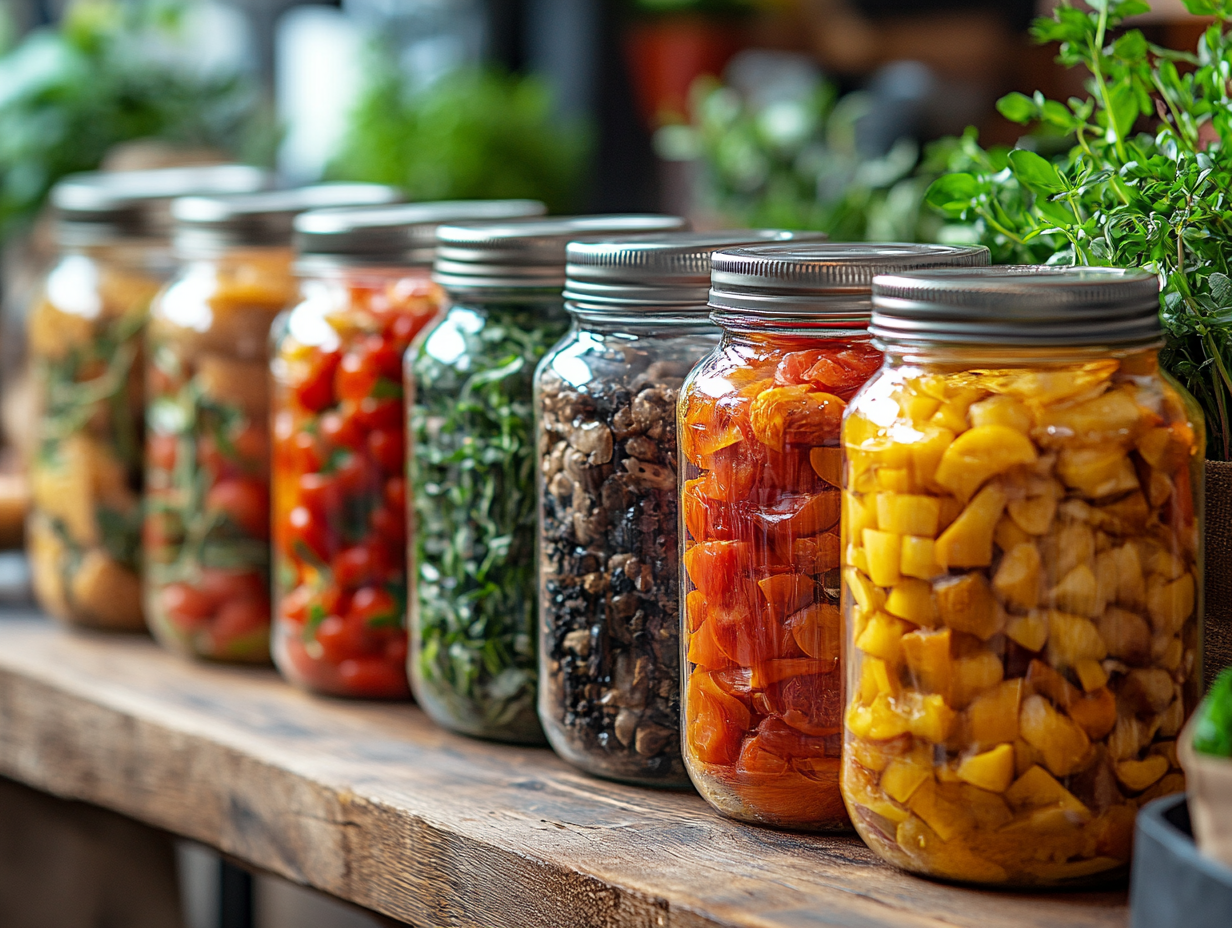Homemade Zero-Waste Pantry Staples: Condiments, Sauces Recipes
DIY Zero-Waste Pantry Staples: Recipes for Condiments, Sauces, and More
Living a zero-waste lifestyle involves a critical thought process and a shift of focus towards sustainable ways to save the Earth. Part of it requires you to reconsider your kitchen pantry and those handy condiments, sauces and pantry staples hiding in those plastic containers. Operating a zero-waste pantry doesn’t mean going without these items, but rather creating them at home freshly and wrapping them up in recyclable or reusable containers.
Let’s dive in and look at how you can start preparing these essentials at home. The process is not as cumbersome as you might believe. In fact, it’s a rewarding journey filled with fun experiments.
DIY Condiments
The variety of condiments we use daily, from ketchup and mustard to mayo and relish, come in plastic containers that harm our environment. Crafting them at home allows you to regulate ingredients and rid your diet of unnecessary preservatives and unhealthy items.
Ketchup
Ingredients: Tomato paste, vinegar, water, brown sugar, onion powder, garlic powder, and salt.
Method: Combine all ingredients in a saucepan, simmer until it thickens, let it cool, and store in a glass jar.
Mustard
Ingredients: Yellow mustard seeds, water, vinegar, and salt.
Method: Soak mustard seeds in water and vinegar for two days, grind into a fine paste, add salt for taste, let it cool and store in a glass jar.
DIY Sauces
Sauces are the magic ingredient that add an extra zest to your meals. Homemade sauces taste better and are healthier than their store-bought counterparts.
Barbecue Sauce
Ingredients: Tomato sauce, apple cider vinegar, brown sugar, honey, Worcestershire sauce, lemon juice, and spices (onion powder, garlic powder, salt, pepper, paprika).
Method: Combine all ingredients in a saucepan, simmer until it thickens, let it cool, and it’s ready for use.
Pasta Sauce
Ingredients: Tomatoes, onion, garlic, olive oil, basil, salt, and pepper.
Method: Sauté onions and garlic in olive oil, add tomatoes and cook until they break down, add basil, salt, and pepper, puree in a blender, and it’s ready for use.
DIY Pantry Staples
Not only condiments and sauces, but many pantry staples can also be made at home.
Granola
Ingredients: Rolled oats, nuts and seeds, maple syrup or honey, oil, dried fruit, spices.
Method: Mix ingredients, spread on a baking sheet, bake until toasted, cool, and store in a glass jar.
Vegetable Broth
Ingredients: Vegetable scraps, water, salt.
Method: Simmer vegetable scraps in water, add salt for taste, strain, let it cool and store in a glass jar for use.
Starting your zero-waste journey can feel daunting, but it surely doesn’t need to be. There are countless ways you can begin your path. Making your own pantry staples, condiments and sauces is an excellent place to start. Not only will you be reducing waste, but you’ll also have control over your ingredients, making your meals healthier and tastier.






